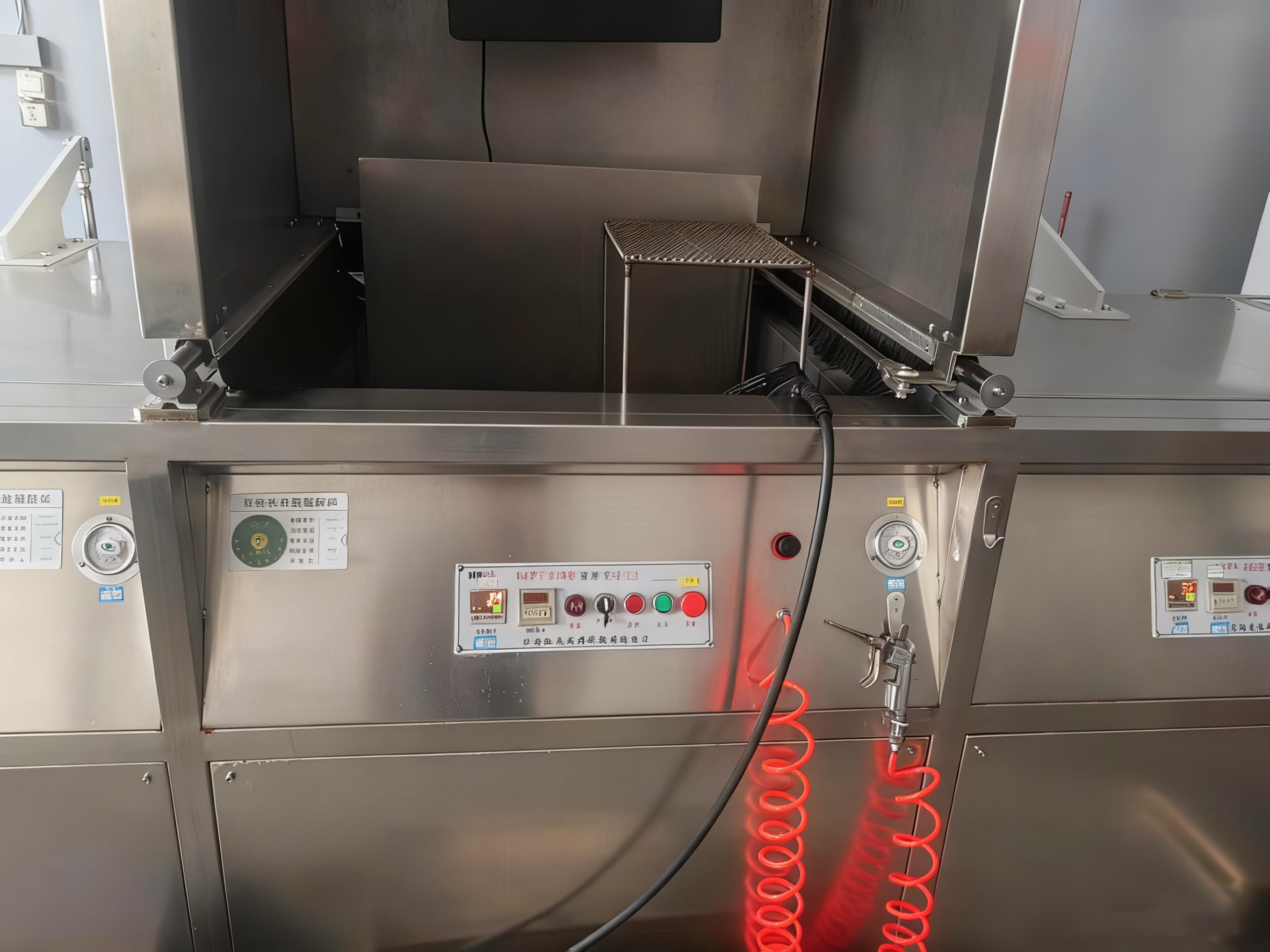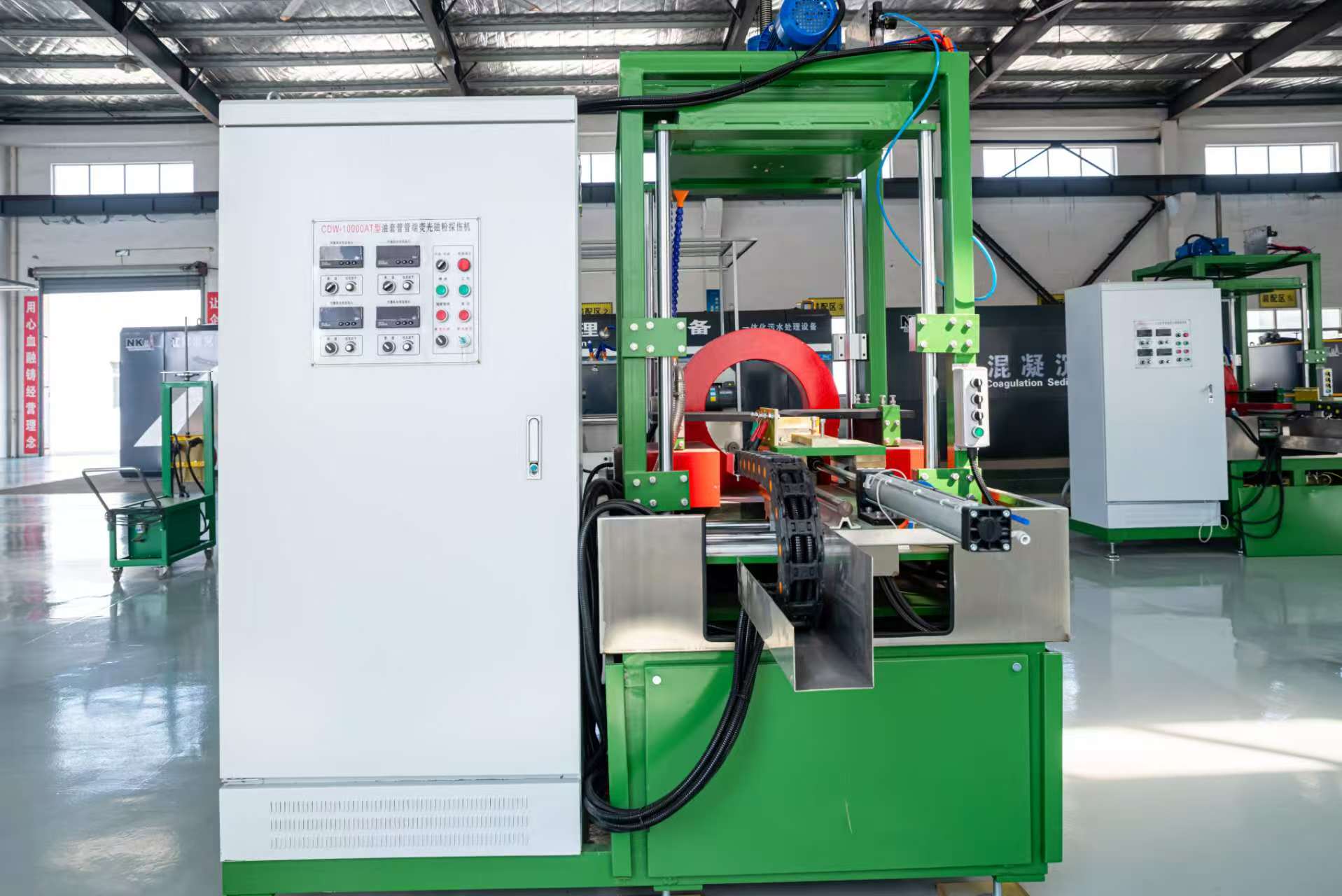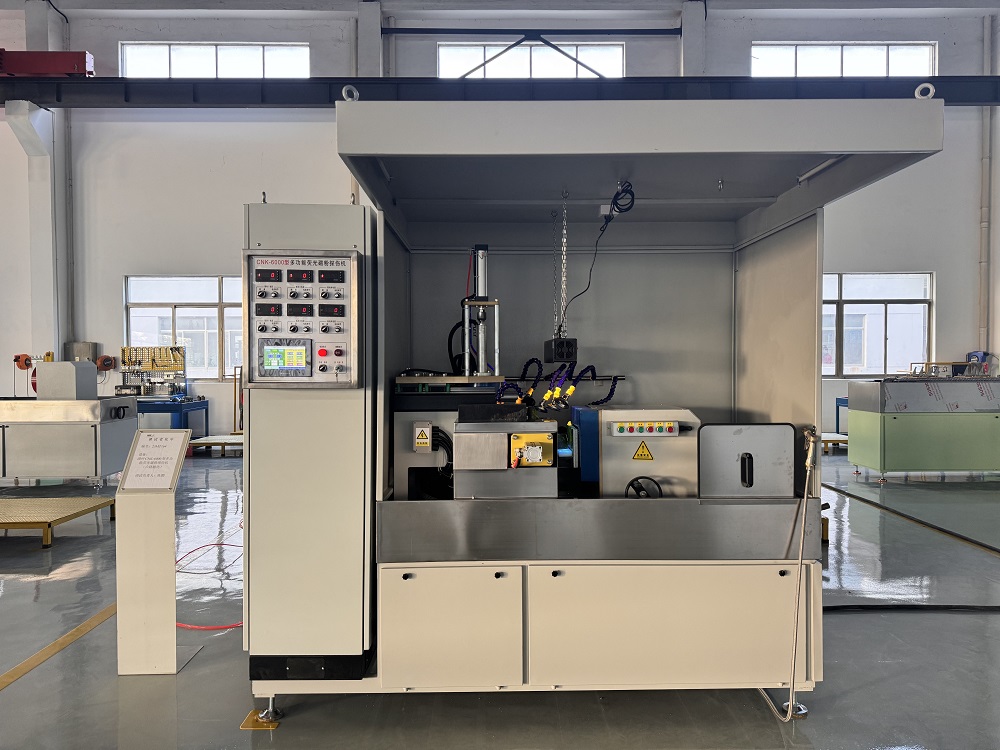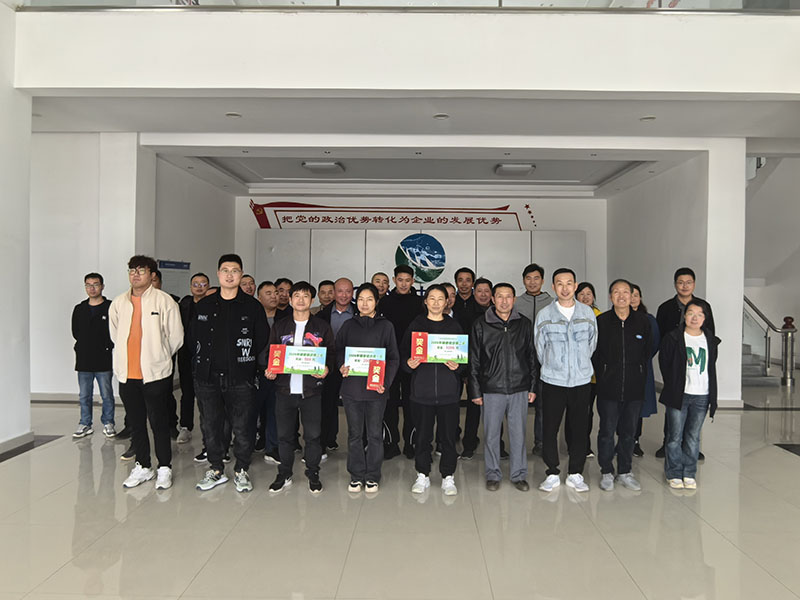In the high-stakes world of aerospace manufacturing, ensuring component integrity is non-negotiable. Aerospace Fluorescent Penetrant Inspection (FPI) is a critical Non-Destructive Testing (NDT) method used to detect surface flaws in aircraft components like turbine blades, landing gear, and engine parts. This guide explores why Aerospace Fluorescent Penetrant Inspection is essential, how it works, and how to choose the best Fluorescent Penetrant Inspection Equipment for your aerospace quality control needs.
Why Aerospace Fluorescent Penetrant Inspection Matters
Aerospace Fluorescent Penetrant Inspection is a cornerstone of quality assurance in the aerospace industry. This NDT technique uses fluorescent dyes to reveal surface defects such as cracks, porosity, and seams in non-ferromagnetic materials like aluminum, titanium, and composites. Under UV light, these flaws glow, making them easy to detect without damaging the component. This method is critical for meeting stringent standards like NADCAP and ASTM E1417, ensuring aircraft safety and reliability.
The importance of Aerospace Fluorescent Penetrant Inspection lies in its precision. Even microscopic cracks in critical components can lead to catastrophic failures. By incorporating Fluorescent Penetrant Inspection Equipment into your workflow, you can enhance safety, reduce downtime, and comply with aerospace regulations.
How Aerospace Fluorescent Penetrant Inspection Works
The Aerospace Fluorescent Penetrant Inspection process involves several key steps:
- Cleaning: Components are thoroughly cleaned to remove contaminants.
- Penetrant Application: A fluorescent dye is applied, seeping into surface defects.
- Dwell Time: The penetrant is left to penetrate flaws for a specified period.
- Removal: Excess penetrant is removed, leaving dye only in defects.
- Development: A developer is applied to draw out the penetrant, making flaws visible under UV light.
- Inspection: Trained technicians examine components under UV light to identify defects.

Modern Fluorescent Penetrant Inspection Equipment automates these steps, improving efficiency and consistency. For aerospace applications, systems with high-intensity UV lamps and eco-friendly penetrants are preferred to meet environmental and regulatory requirements.
Choosing the Right Fluorescent Penetrant Inspection Equipment
Selecting the best Fluorescent Penetrant Inspection Equipment for Aerospace Fluorescent Penetrant Inspection requires careful consideration:
- Compliance: Ensure equipment meets ASTM E1417 and NADCAP standards, critical for aerospace certification.
- Automation: Automated FPI systems reduce human error and are ideal for high-volume production of aerospace parts.
- Versatility: Choose equipment that handles various component sizes, from small fittings to large airframe sections.
- Ease of Use: User-friendly systems minimize training time for operators.
Partnering with a reputable NDT Equipment Supplier ensures access to Fluorescent Penetrant Inspection Equipment tailored to aerospace needs, complete with technical support and calibration services.
Benefits of Aerospace Fluorescent Penetrant Inspection
Aerospace Fluorescent Penetrant Inspection offers unmatched advantages:
- High Sensitivity: Detects even the smallest surface flaws, critical for aerospace components.
- Cost-Effective: Compared to other NDT methods, FPI is affordable and efficient.
- Versatile Applications: Suitable for a wide range of materials used in aerospace, including titanium and composites.
By investing in advanced Fluorescent Penetrant Inspection Equipment, aerospace manufacturers can improve quality control, reduce scrap rates, and enhance customer trust.
Tips for Optimizing Aerospace Fluorescent Penetrant Inspection
To maximize the effectiveness of Aerospace Fluorescent Penetrant Inspection:
- Regular Maintenance: Calibrate UV lamps and clean equipment to ensure consistent performance.
- Operator Training: Certify inspectors to NADCAP standards to maintain inspection accuracy.
- Documentation: Use software-integrated Fluorescent Penetrant Inspection Equipment for traceability and compliance reporting.
Why Choose a Trusted NDT Equipment Supplier?
A reliable NDT Equipment Supplier is key to successful Aerospace Fluorescent Penetrant Inspection. Look for suppliers offering:
- Certified Equipment: Systems compliant with aerospace standards.
- Technical Support: Access to training, maintenance, and troubleshooting.
- Global Reach: Suppliers with experience in serving aerospace markets worldwide.
We, Jiangsu Nuke NDT, with 20+ years experience, our Fluorescent Penetrant Inspection (FPI) lines are designed to meet the most demanding surface defect detection requirements in industries where safety and accuracy are essential. Widely used in aerospace, military manufacturing, automotive, railway, shipbuilding, metallurgy, petrochemicals, and bridge structure inspections, these systems ensure reliable and repeatable detection of micro-cracks, porosity, and surface discontinuities on metallic and non-metallic parts. Contact us for better solutions.
https://www.youtube.com/watch?v=353Zy_Yxxc8
Conclusion
Aerospace Fluorescent Penetrant Inspection is an indispensable tool for ensuring the safety and reliability of aircraft components. By investing in high-quality Fluorescent Penetrant Inspection Equipment from a trusted NDT Equipment Supplier, aerospace manufacturers can achieve flawless quality control, meet regulatory standards, and enhance operational efficiency. Whether you’re inspecting turbine blades or airframe components, Aerospace Fluorescent Penetrant Inspection delivers the precision you need. Contact a leading NDT Equipment Supplier today to elevate your aerospace quality assurance process.







